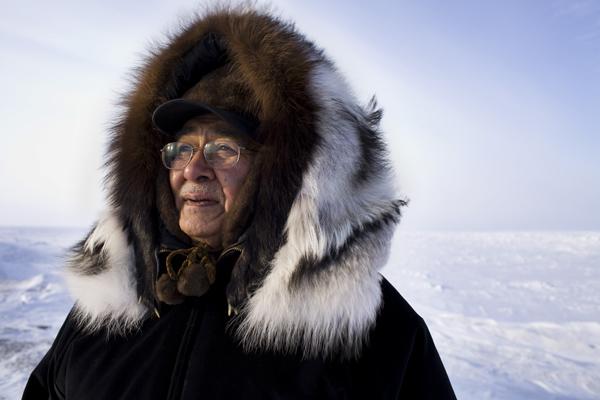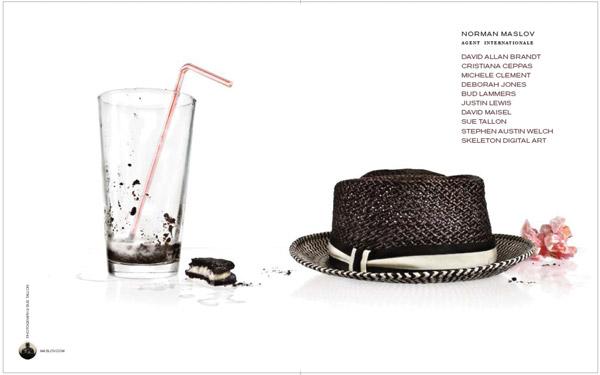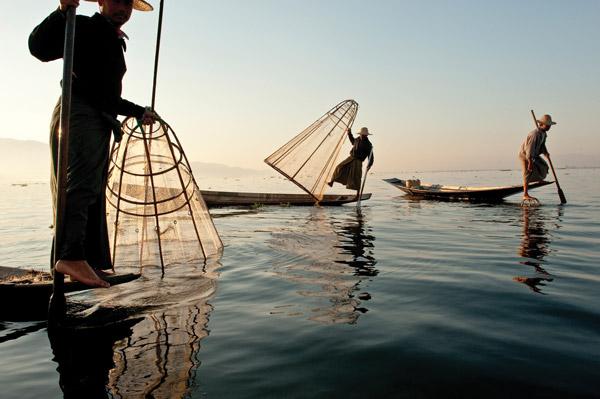Maria Piscopo
|
Jul 16, 2013 |
First Published: Jun 01, 2013
|
Jun 28, 2013 |
First Published: May 01, 2013
|
Apr 30, 2013 |
First Published: Apr 01, 2013
|
Apr 16, 2013 |
First Published: Mar 01, 2013
|
Mar 07, 2013 |
First Published: Feb 01, 2013
|
Jan 10, 2013 |
First Published: Dec 01, 2012
|
Dec 18, 2012 |
First Published: Nov 01, 2012
|
Nov 09, 2012 |
First Published: Oct 01, 2012
|
Oct 10, 2012 |
First Published: Sep 01, 2012
|
Aug 14, 2012 |
First Published: Jul 01, 2012










